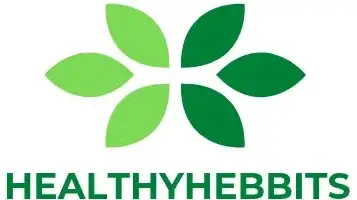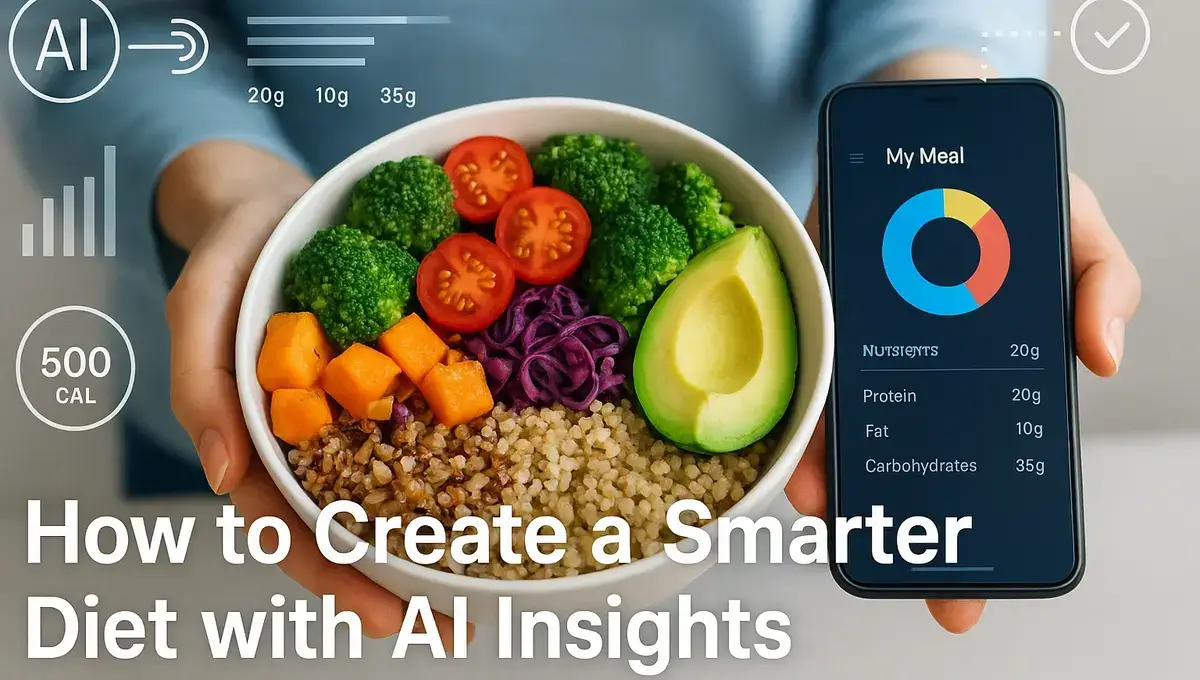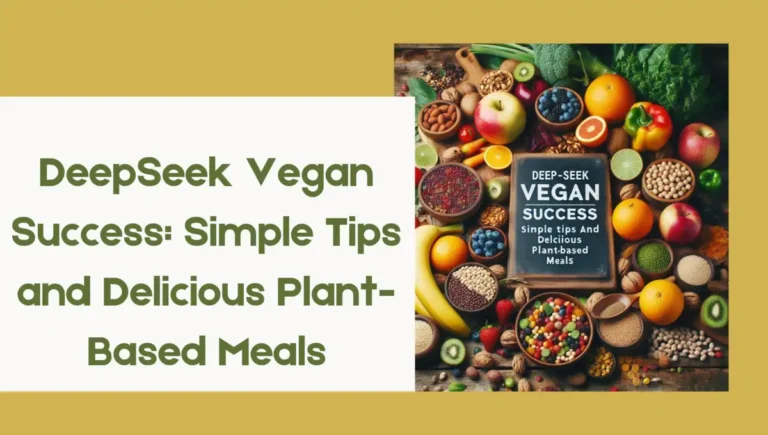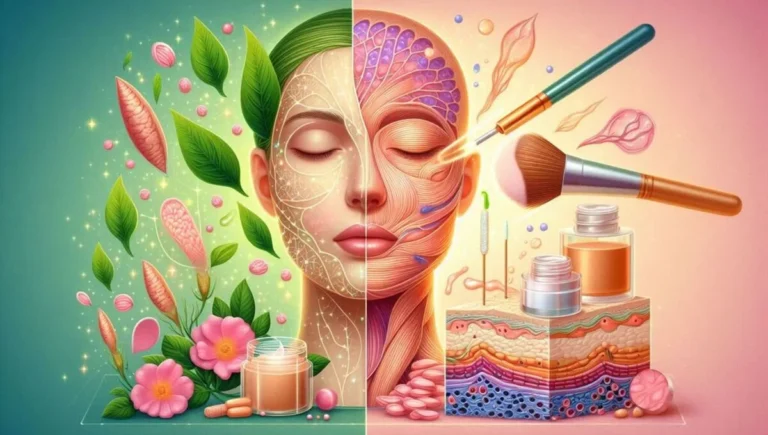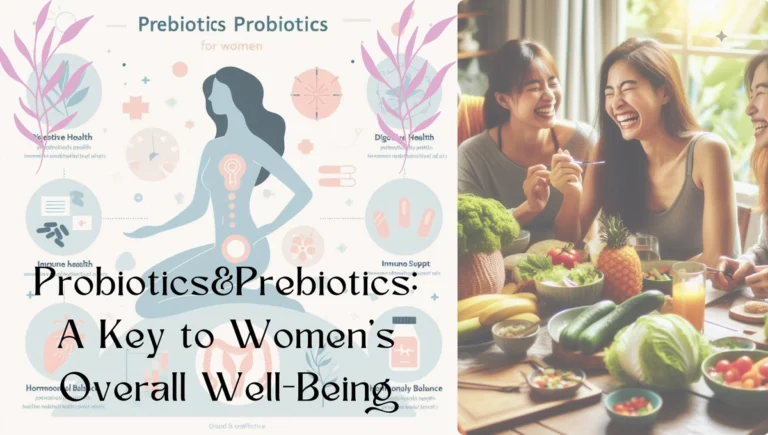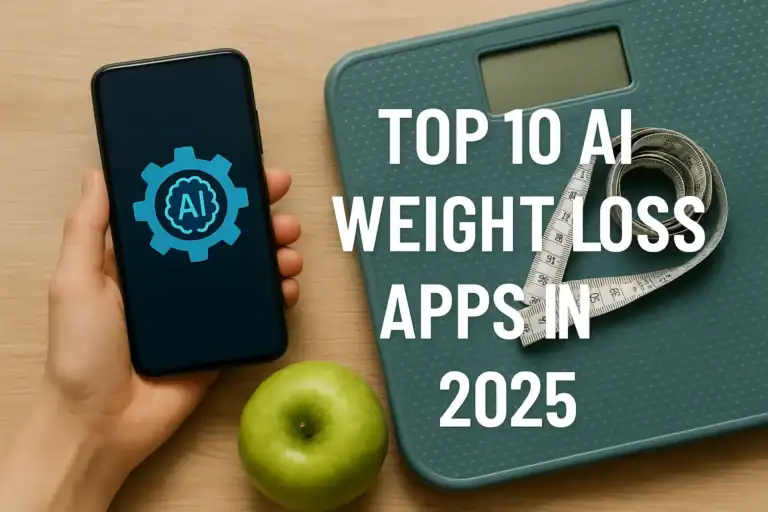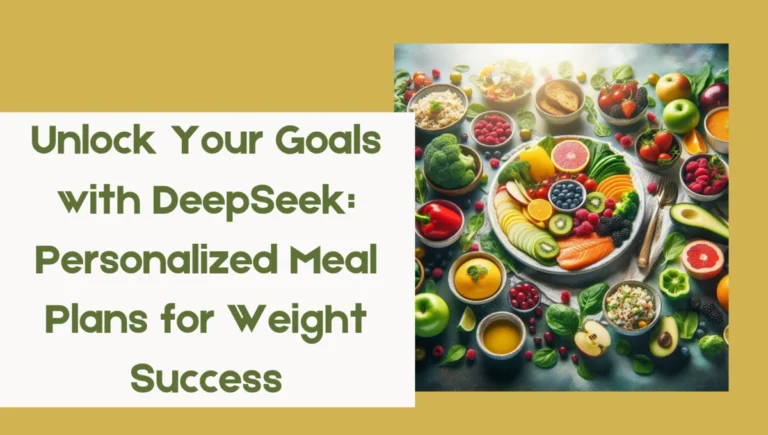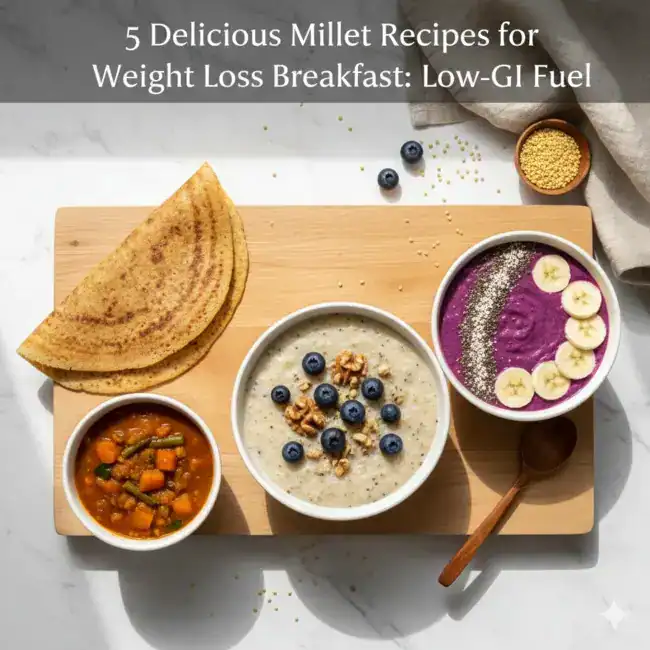How to Create a Smarter Diet with AI Insights
Introduction – Why AI Matters in Nutrition Today
Artificial Intelligence may sound futuristic, but in 2025 it’s already sitting at your dinner table—helping people track meals, spot nutrient gaps, and design diets as unique as a fingerprint. Welcome to the world of AI nutrition, where algorithms work like digital dietitians, learning your habits, analyzing your health data, and even predicting what your body might crave tomorrow.
While traditional diets often rely on one-size-fits-all rules, AI-powered nutrition is flipping the script by personalizing meal plans and guidance in real time. In this article, we’ll break down the fundamentals of AI in nutrition—what it really means, the technologies that power it, and why it just might be the most exciting shift in healthy living since the invention of the vitamin.
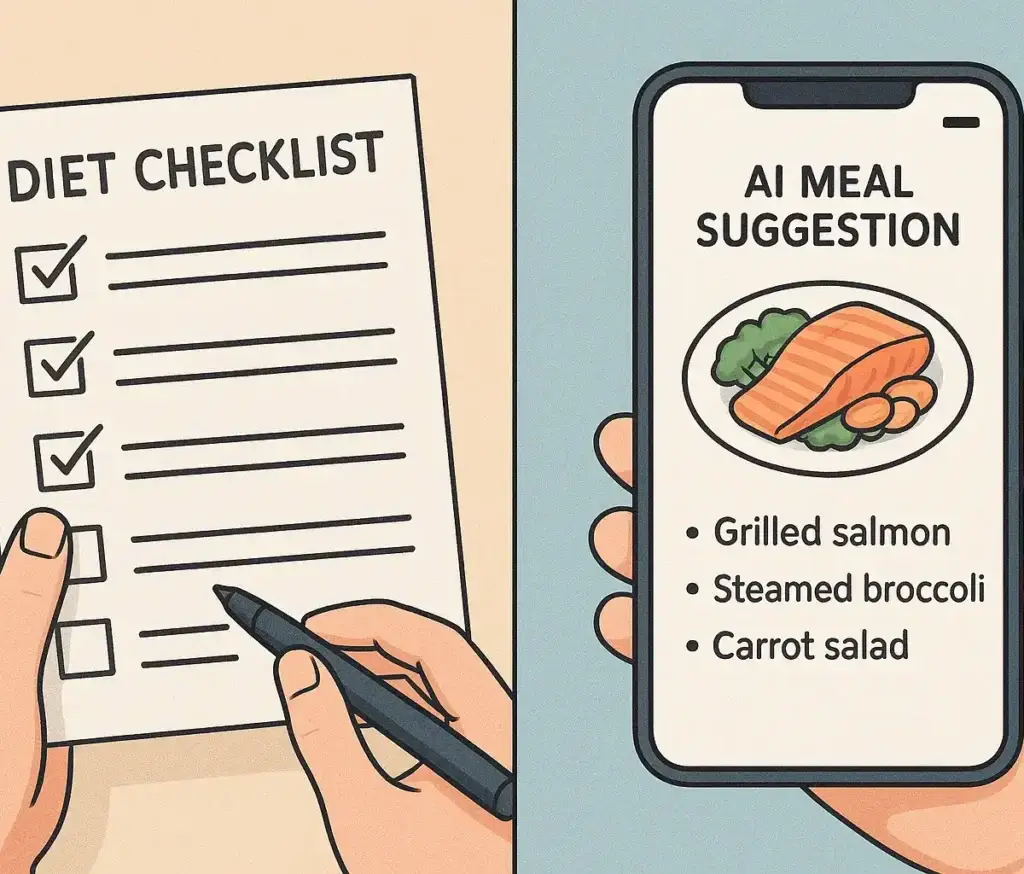
What Is AI-Driven Nutrition?
Let’s be honest: most of us have tried a diet that didn’t quite stick. Maybe you downloaded a random meal plan, only to discover you hate half the foods on it. Or you stuck with it for a week and then gave up because it didn’t fit your lifestyle.
AI-driven nutrition flips that frustrating experience. Instead of giving the ‘same’ meal plan to everyone, AI analyses ‘your’ habits, tastes, and health goals. If you’re a night owl who skips breakfast, the app won’t scold you—it might suggest protein-rich snacks later in the day to balance your nutrition. If your smartwatch shows you’ve been especially active, it recommends meals that replenish energy and electrolytes.
Core Technologies Behind AI Nutrition
AI may sound complex, but you engage with it every day without noticing:
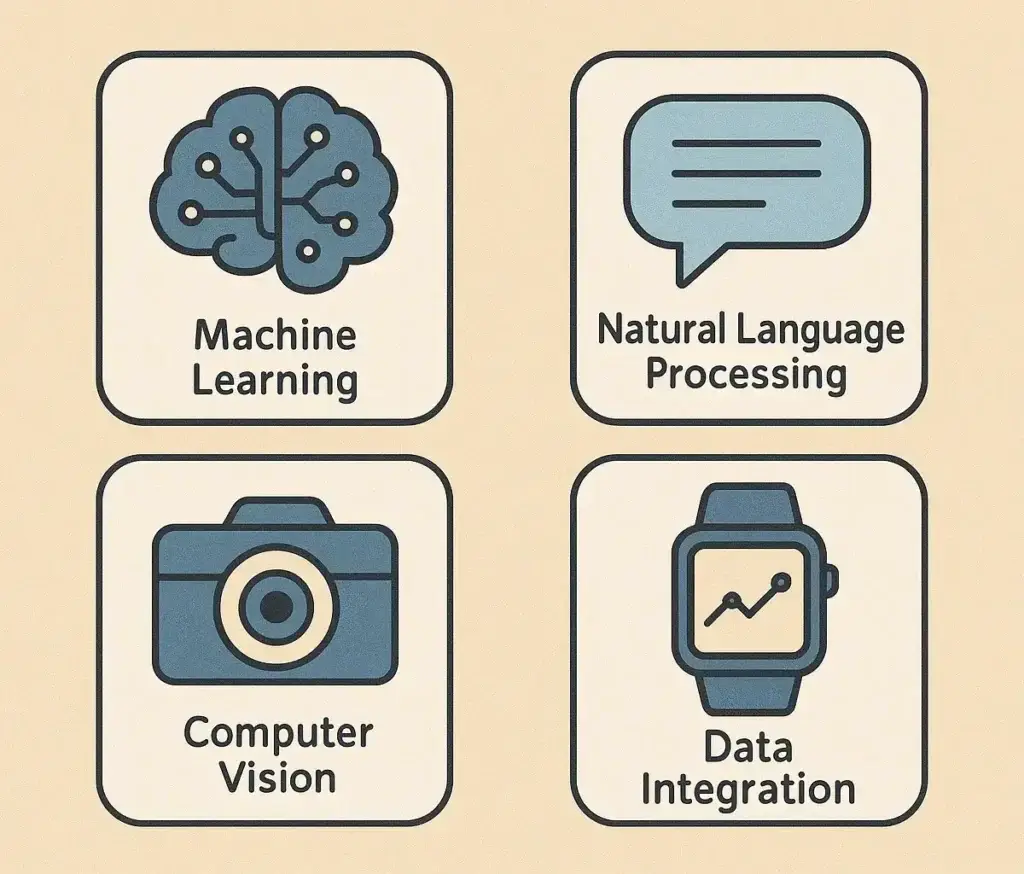
Machine Learning:
Think of it like Spotify, but for food. Just as it learns what songs you like, AI nutrition apps learn what meals you enjoy and what nutrients you need more of.
Computer Vision:
Have you ever snapped a photo of your lunch and had an app instantly recognize it? That’s computer vision. No more typing “1 medium avocado, 2 slices of whole-grain toast.”
Wearables Integration:
Your fitness trackers log your steps, heart rate, even sleep quality. AI combines all that information to suggest the right balance of proteins, carbs, and fats for the day.
These tools don’t replace expert knowledge—they simply make it easier to track, measure, and tweak your diet in real time.
Real-Life Example: How AI Builds a Diet for You
Let’s say Maria wants to lose weight but keep enough energy to run three times a week. She connects her Fitbit, logs a few favorite foods, and inputs her goal weight into an AI nutrition app. The AI notices she isn’t getting enough iron (a problem for many women, by the way—studies estimate around “30% of women worldwide” are low in iron). Instead of blindly suggesting supplements, it adjusts her meal plan to include foods rich in iron—like lentils and spinach—while still keeping calories in check.
That’s the difference: AI personalizes advice based on her ‘real needs’, not generic “eat less, move more” advice.
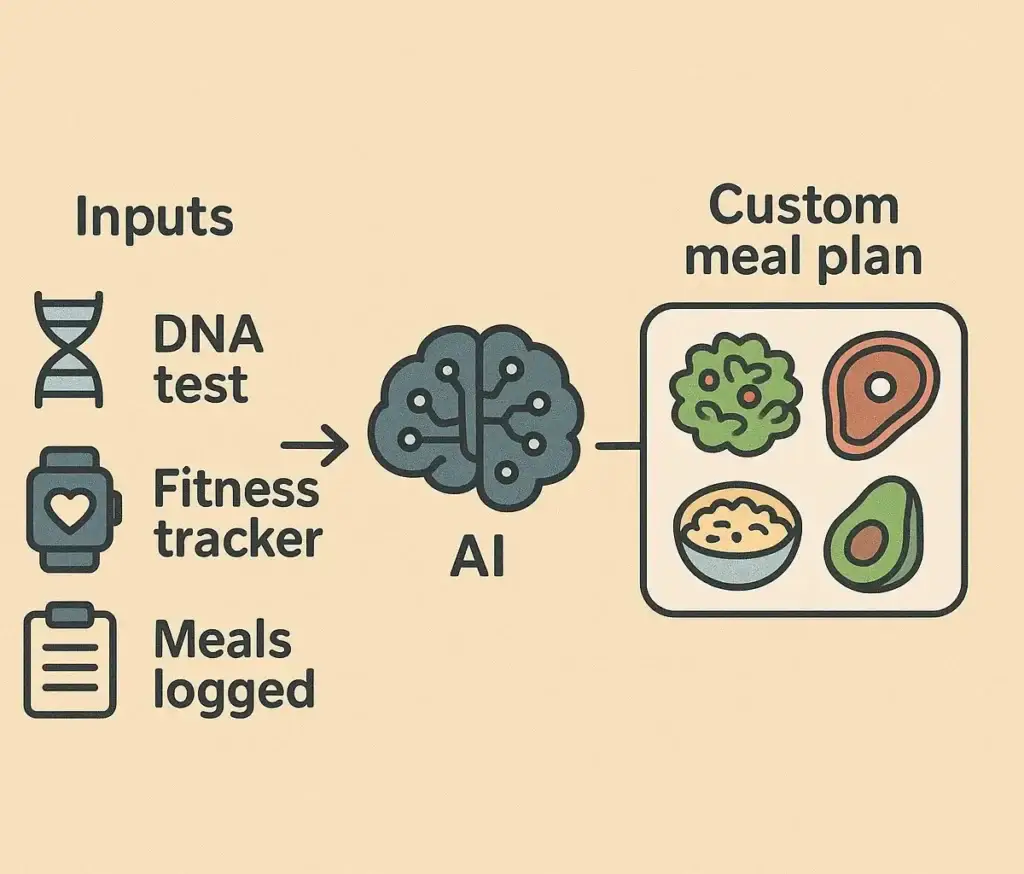
Why This Beats Traditional Dieting
Traditional diets often fail because they treat everyone the same. But you and your friend trying keto may have very different microbiomes, daily routines, or genetic factors. Research from the American Journal of Clinical Nutrition shows that people respond very differently to the same foods—your blood sugar might spike after a bowl of rice, while mine stays stable.
AI can spot these personal differences and adjust. It’s like having a dietitian who watches your data 24/7, making little tweaks along the way, instead of handing you a printed meal plan and waving goodbye.
Challenges and Limits (Because Nothing’s Perfect)
Now, before we crown AI as the miracle worker, let’s stay grounded:
Garbage in, garbage out:
If you log ice cream as “salad” (tempting, I know), the AI can’t help.
Privacy concerns:
Some apps collect sensitive health data, so always check how your info is stored.
No empathy filter:
When you’ve had a rough day and crave comfort food, AI won’t pat your shoulder like a human coach might.
So for now, the sweet spot is a “partnership: AI for precision, humans for support.”
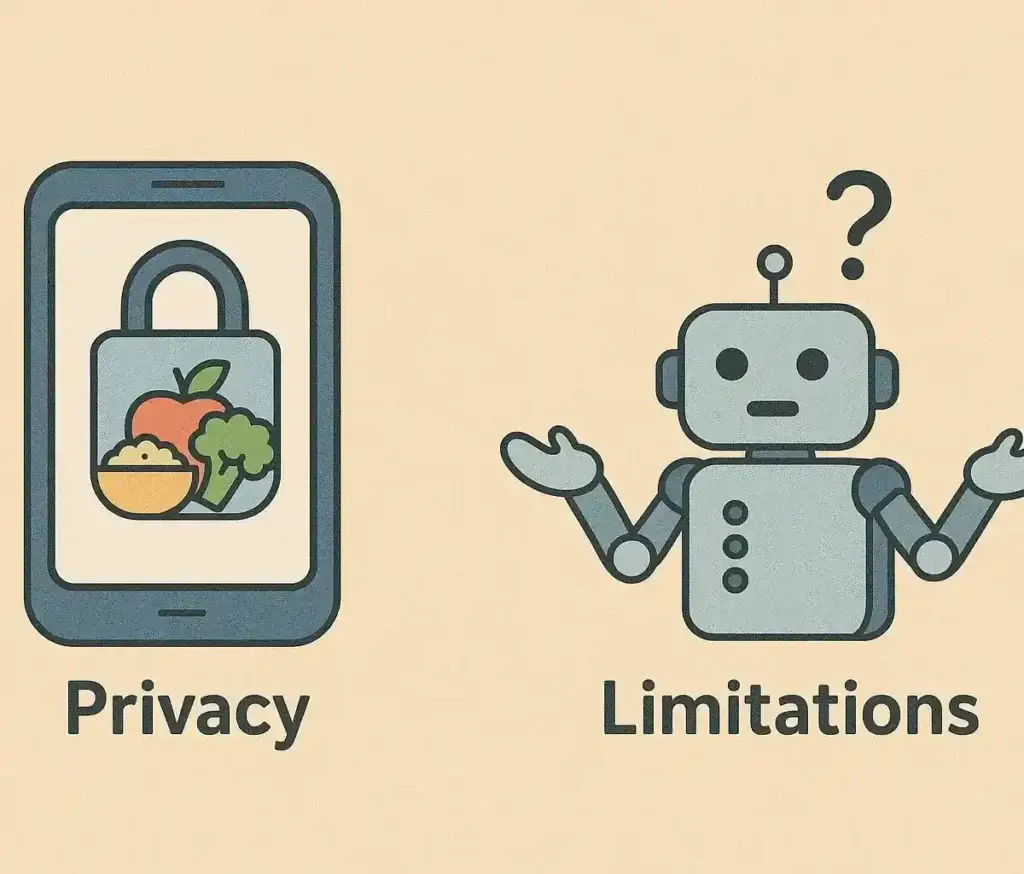
Practical Everyday Uses You Can Trying
Here’s how people are already using AI nutrition in daily life:
Snap logging:
Point your phone camera at your plate, and the AI logs calories and nutrients.
Smart grocery lists:
Apps suggest what to buy based on recipes you actually cook (no more mysterious chia seeds rotting in the cupboard).
Real-time feedback:
After a salty restaurant meal, your app nudges you to drink more water instead of sending you on a guilt trip.
This isn’t the future—it’s happening now. In fact, recent market reports say the “global AI in nutrition and fitness market is set to grow to $80+ billion by 2030.” That means the tools you’re experimenting with today will only get smarter.
Conclusion
AI in nutrition isn’t about robots telling you what to eat—it’s about technology learning your body, habits, and goals, and gently guiding you in a way that feels doable. It personalizes support in ways that rigid dieting never could. And when humans + machines work together? That’s when healthy eating finally becomes less about stress and more about sustainability.
